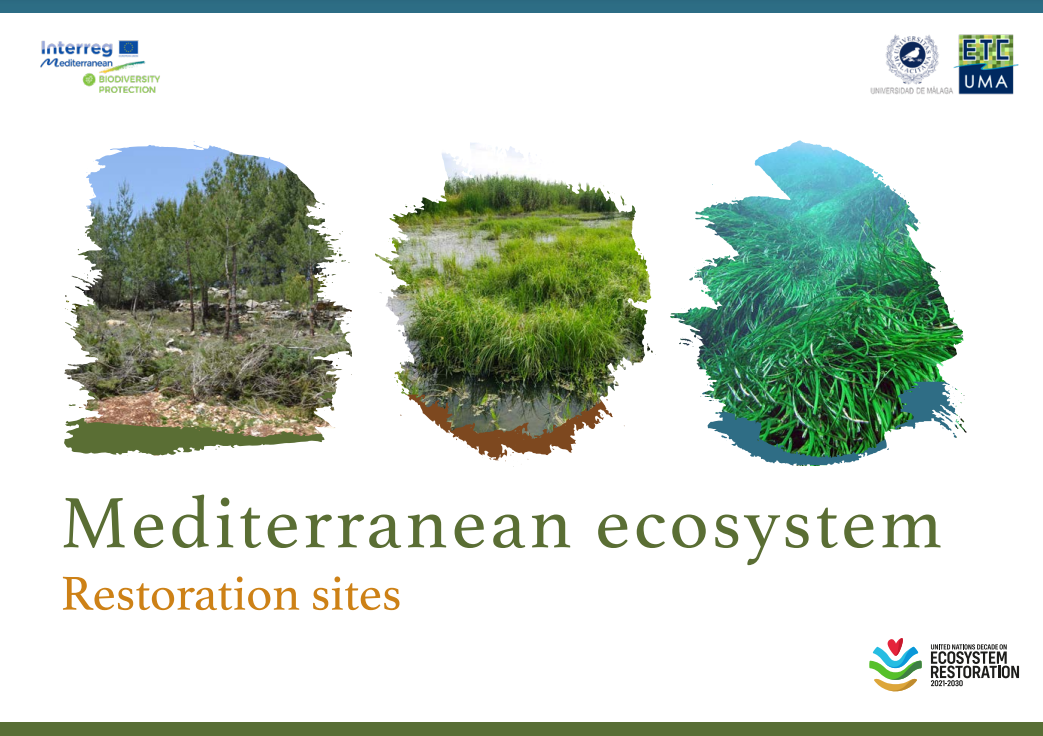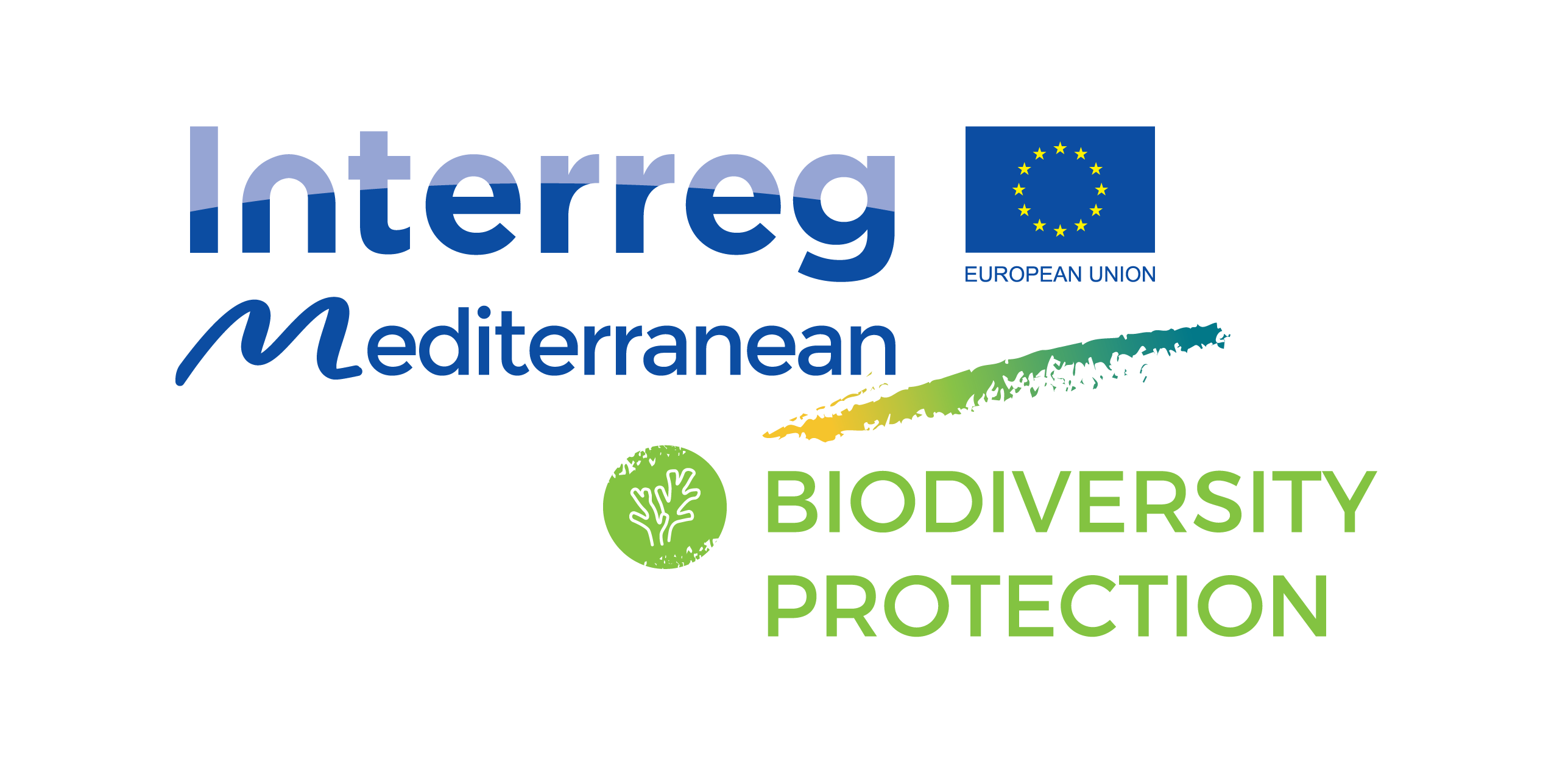Mediterranean Biodiversity Protection Community
The Mediterranean Biodiversity Protection Community (MBPC) – the successor to the PANACeA project (2016-2019,) is made of more than 300 nature conservation actors working together for environmental sustainability and biodiversity protection. The Mediterranean Biodiversity Protection Community project (2019-2022) is a continuation of the PANACeA project (2016 to 2019) with an aim to advance networking and management efforts inside and outside protected areas (PAs) in the region. The community brings together key public and private players by mainstreaming management efforts for environmental sustainability and increasing the impact of biodiversity protection projects towards common identified strategic goals.
Since 2019, partners and projects of the Mediterranean Biodiversity Protection Community, through three working groups, are promoting collaborative work and helping build capacity in partners and interested actors for effective biodiversity protection. Through the local adoption of management tools and approaches at regional and national levels, particularly around governance mechanisms, public and private sector cooperation and awareness of Mediterranean biodiversity and the challenges, our community continues to find and share solutions for effective biodiversity protection across the whole Mediterranean.


Type of tool
Theme
End-User
Geographical scale
Year
Keywords
Pilot Areas
The catalogue showcases successful restoration activities implemented in the Mediterranean at various scales (between 5ha and 50000 ha of restored areas) in several Mediterranean forest, wetland, and coastal and marine ecosystems from different countries: Spain, France, Italy, Greece, Lebanon and Montenegro.
What problems would this tool solve?
This Ecosystem Restoration Best Practices Catalogue for the Mediterranean aims to respond to the urgent need to identify and spread Nature-based solutions and provide transferable best practices towards broader ecosystem restoration actions during the UN Decade on ecosystem restoration (UN/FAO).
The selected best practices provide insights into the processes followed, lessons learned and conditions to make them transferable to other areas where restoration work might be foreseen. By sharing and disseminating these practices and the knowledge generated relevant to Mediterranean ecosystems in danger, the MBPC community and the different authors aim at scaling up restoration efforts at all levels.
What is needed for its implementation?
Each case has been selected for ecosystem restoration as a successful intervention which maximizes ecological, social and / or economic benefits and which can be easily transferred to other situations with similar objectives. Depending on the ecosystem to be restored, different cases are available in the catalogue.
How to use it?
The Mediterranean region contains a wide variety of ecosystems, many of them modified along the centuries, and is considered a biodiversity hotspot facing the cumulative impacts of climate change and human activities. The restoration of critical ecosystems can play an important role to achieve the current protection and conservation targets established for the region.
Depending on the ecosystems to be restored, this catalogue could serve as inspiration to foster restoration activities in the Mediterranean region.
What are the expected results?
The review of the best practices collected in this publication shows certain common success factors in the restoration efforts implemented at various levels and in different countries across the Mediterranean.
– A multidisciplinary approach to ecosystem restoration can empower public, private and civil society actors in the community by facilitating a dialogue and fostering a mutual understanding on what needs to be restored, why, and how.
– Restoration practices can create new jobs while raising awareness of the values of ecosystems and the services and goods they provide.
– Restoration practices can lead to a better socio-economic environment in natural areas, protected or not, by incorporating green and blue infrastructures to secure a good use of the natural heritage and cultural identity.
– Degraded ecosystems can be restored by engaging public authorities, scientists, and ecosystem users and highlighting the benefits in services and goods provision.
– Restoring ecological connectivity is a key success factor for larger scale restoration targets.
– Restoration takes time, but final beneficiaries become the strongest defenders of the practices after proving the benefits, for nature and for people.
Project contact
panacea-med@uma.es
Further information
https://biodiversity-protection.interreg-med.eu
